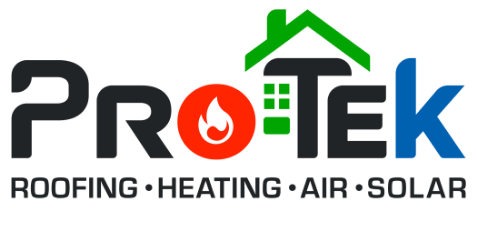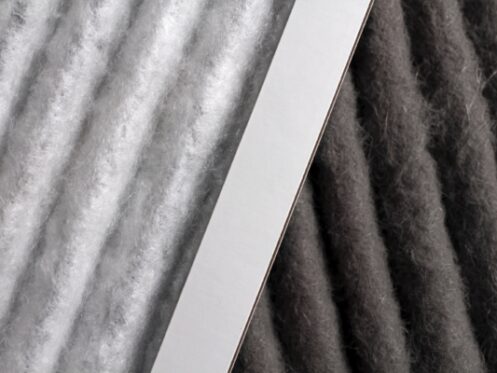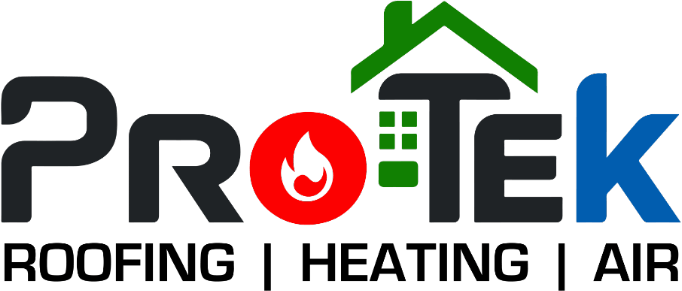There has been a growing concern about indoor air quality and the potential dangers posed by airborne pollutants and toxic materials. It’s important to understand what these pollutants are, where they come from, and how they can impact your health. Here’s what you need to know about indoor air pollutants and toxic materials.
What are Indoor Air Pollutants?
Indoor air pollutants, or IAPs, refer to any type of airborne particles that come from both inside and outside sources with the potential to cause harm to people who breathe them in. This includes anything from dust mites, mold spores, and pet dander to volatile organic compounds (VOCs), smoke, and cleaning chemicals. In some cases, pollutants such as lead-based paint or asbestos fibers might also be present indoors.
Why Should We Be Concerned About Them?
The effects of IAPs on human health can vary depending on the type of pollutant, level of exposure, and individual sensitivity. For example, exposure to mold spores can cause allergies or respiratory illnesses while certain VOCs may have carcinogenic properties linked to long-term health risks such as cancer or organ damage. Additionally, individuals with existing medical conditions such as asthma may experience an exacerbation of their symptoms due to poor indoor air quality.
What are the Sources of Indoor Air Pollution?
Most people think about outdoor air pollution as the primary source of pollutants, but there are many sources of indoor air pollution that can affect the air inside your home, office, or any other building. Let’s take a look at some potential sources of indoor air pollution.
Formaldehyde
One of the most common indoor air pollutants and toxic materials is formaldehyde. Formaldehyde is an organic compound that can be found in many products such as paints, glues, insulation materials, pressed-wood furniture and a variety of cleaners and disinfectants. Long-term exposure to formaldehyde can lead to a number of health issues, including eye, nose and throat irritation, headaches, nausea and even cancer.
Carbon Monoxide
Carbon monoxide is another major indoor air pollutant that comes from combustion devices like wood-burning stoves, unvented gas heaters or home appliances like space heaters and fireplaces that are not properly vented. Carbon monoxide poisoning can be quite severe and cause damage to the brain and central nervous system if inhaled for prolonged periods of time without proper ventilation.
Volatile Organic Compounds (VOCs)
VOCs are chemicals that are released from products such as paints, varnishes, carpets, adhesives and other building materials when they come in contact with water or oxygen in the air. Long-term exposure to VOCs can lead to short-term symptoms such as eye irritations, headaches or nausea, but it may also lead to long-term health threats such as respiratory illnesses or cancer depending on the extent of exposure over time.
Asbestos
Asbestos is a naturally occurring mineral fiber used in many construction materials due to its ability to resist fire and heat very well. When disturbed or damaged by remodeling activities asbestos fibers become airborne which can expose people within the vicinity of these fibers leading to serious health risks such as lung cancer, mesothelioma or other respiratory-related diseases.
Radon
Radon is an odorless gas created from naturally occurring uranium in soil or rock below buildings. It can enter homes through small cracks in floors or foundations and is one of the leading causes of lung cancer among non-smokers—especially if radon levels remain high for long periods of time. Homes should be tested for radon regularly, especially if you live near areas with uranium deposits or other geological formations that may increase radon levels in your home.
Mold and Mildew
Mold and mildew growth in the home can be a serious issue, as it can produce allergens that can lead to severe allergic reactions for people with allergies, asthma, or other respiratory issues. Since these fungi thrive in dark, moist environments such as those found in bathrooms with poor ventilation, or areas affected by water damage like wall cavities behind kitchen sinks, it’s important to take appropriate steps to remediate any mold and mildew growth immediately. This is not only for avoiding breathing difficulties but also for avoiding any future issues related to moisture retention which could eventually cause damage to your home’s structural integrity.
Lead
Lead can make its way into our homes from numerous sources. A few examples of how lead enters the home include old lead paint, contaminated soil due to nearby industry, and drinking water that was inadvertently mixed with older lead pipes. Exposure to lead can have devastating effects on people of any age. Health consequences range from impaired mental development in young children to kidney problems and high blood pressure in adults.
Pesticides
Pesticides are a significant source of indoor air pollution, polluting our homes and workplaces. These chemicals enter our home environments through the use of products such as bug repellents, insecticides, rodent killers, and other pest control products. Furthermore, they can seep in from current and former agricultural areas nearby. Exposure to pesticides in enclosed indoor environments can have an impact on our respiratory health, potentially even leading to decreased lung function and the development of asthma.
How to Handle Indoor Air Pollutants and Toxic Materials
If you suspect that your home contains any type of pollutant or toxic material, it’s important to take steps to ensure the safety and health of you and your family. Let’s look at some ways you can handle indoor air pollutants and toxic materials.
Testing for Pollutants and Toxic Materials
The first step in addressing indoor air pollution is to have your home tested for pollutants and toxic materials. Many local governments provide testing services for a fee. You can also hire an environmental consultant or industrial hygienist to conduct a thorough assessment of your home. A professional will be able to identify what kind of pollutants are present and recommend a plan for removal/mitigation. Keep in mind that the cost of these tests can vary significantly depending on the scope of work involved.
Removal and Mitigation Strategies
Once you have identified the source(s) of contamination, it’s time to start implementing removal/mitigation strategies. Depending on the type and severity of contamination, this could include sealing off contaminated areas with plastic sheeting, using HEPA filters to trap particles in the air, or removing/replacing contaminated materials such as carpets or furniture. For more serious cases such as asbestos or lead paint chips, a professional should be consulted.
Preventative Measures
Finally, it’s important to take steps to prevent future contamination from occurring in your home. This involves reducing potential sources of pollutants such as secondhand smoke, cleaning regularly with an appropriate vacuum cleaner (preferably one with a HEPA filter), avoiding products that contain volatile organic compounds (VOCs), improving ventilation by opening windows when possible, and making sure all heating/cooling systems are properly maintained and functioning correctly.
Call Professionals Today!
If you’re searching for top-notch heating, cooling and roofing services in Tampa, FL and the surrounding areas, look no further than Protek Roofing, Heating, Air & Solar. Our team of certified technicians is dedicated to providing our customers with reliable, quality service from start to finish. We also offer unmatched indoor air quality services to help keep your home comfortable all year round. Call Protek Roofing, Heating, Air & Solar today to learn more about our services.




